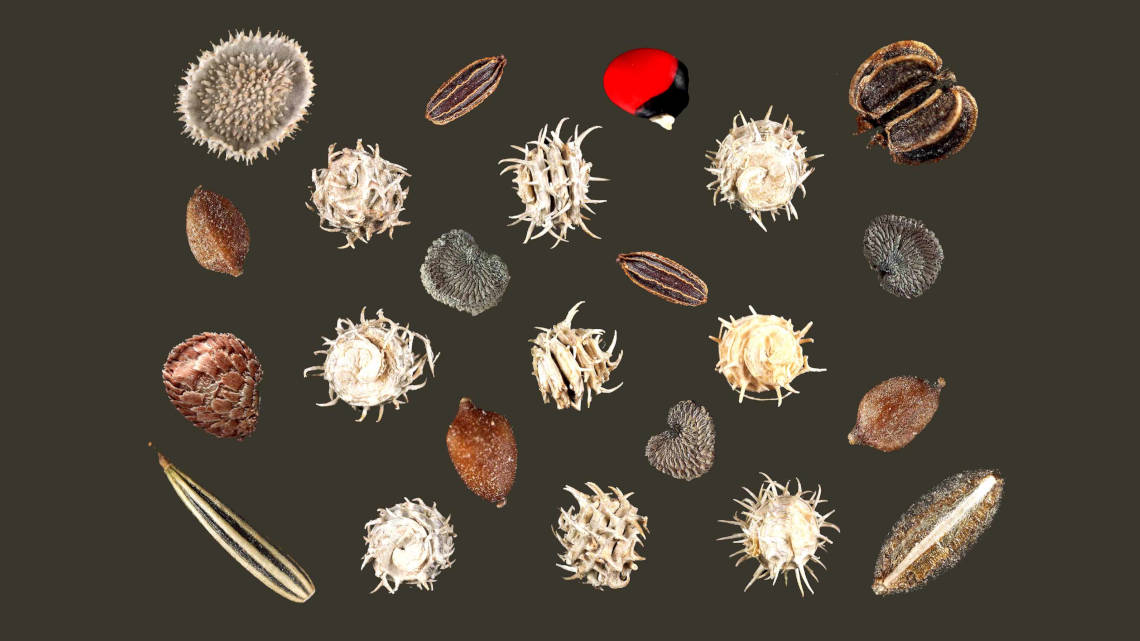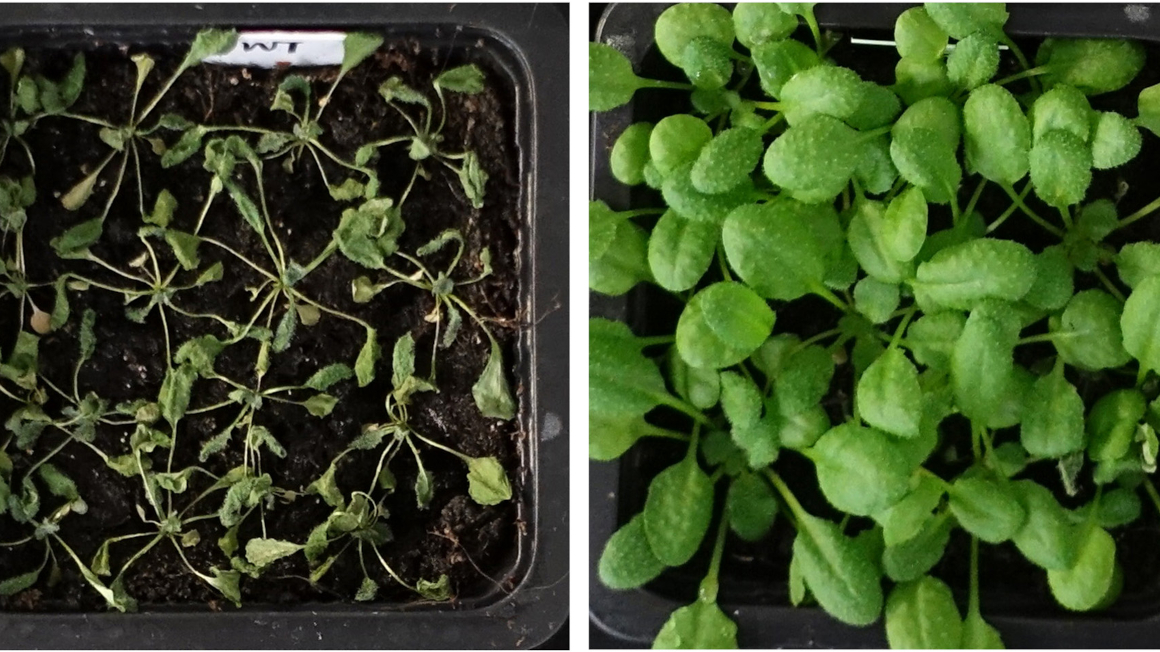Rapid test monitors aging of seeds
Dead or alive? Plant researchers at the University of Osnabrück have developed a method that can save seedbanks a lot of time and effort.

Around one million animal and plant species are currently in danger of extinction, the World Biodiversity Council warned a few weeks ago in its latest report. Only 1.75 million species are known to date. Seed banks conserve the seeds of many plant species in order to preserve plant diversity and, last but not least, preserve the genetic potential, for example for pharmaceutical research. However, the stocks are only of value if they are still viable. Plant researchers at the University of Osnabrück have now developed a simple rapid test for this purpose.
Seeds are not damaged
Up to now, germination tests have been time-consuming and labor-intensive, not always conclusive or sometimes even able to damage the seeds. This is different with the new test, as the researchers report in the specialist journal "Trends in Plant Science". "Germinatable seeds are not damaged by the test and can be re-tested later," stresses plant researcher Klaus Mummenhoff from the University of Osnabrück.
Color indicates condition
Mummenhoff describes the application of the test as follows: "For the reliable test now developed in Osnabrück, which is easy to perform, a test liquid is added to individual seeds and a color change indicates the germination capacity. The color change is based on organic substances released in aging seeds. Blue indicates fully vital and germinable seeds, pink signals aging seeds, and when the liquid becomes colourless, the seed is only partially germinable or already dead. In this case, immediate reproduction is necessary.
Fast and inexpensive
Another advantage of the test for seedbanks is that it can be automated with standard laboratory equipment. Thousands of seed samples can be tested in just one day. In addition, the method is inexpensive: "At a cost of less than one euro per 1000 seed samples, our test is particularly interesting for institutions in underdeveloped countries," emphasizes Mummenhoff.
bl/um


